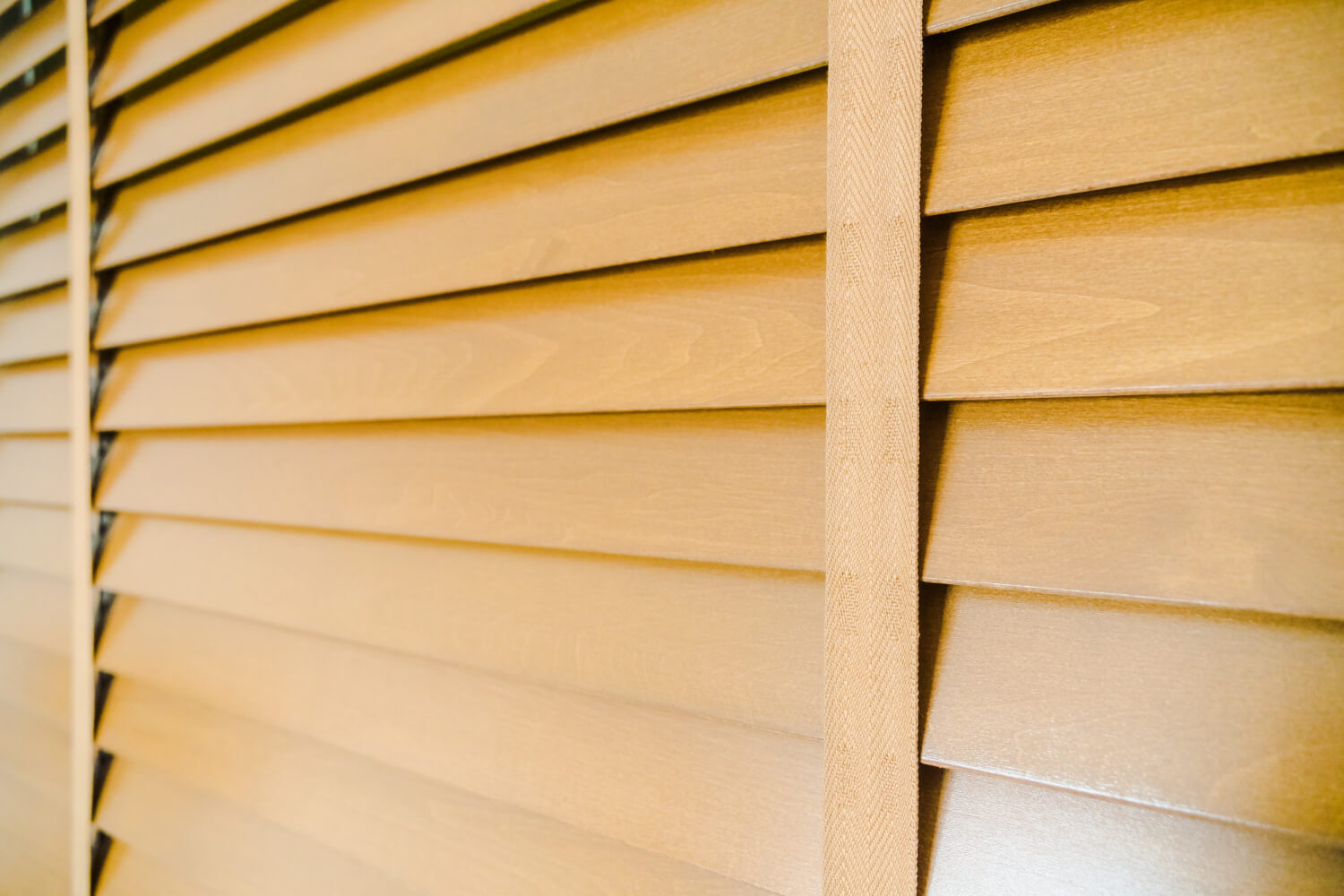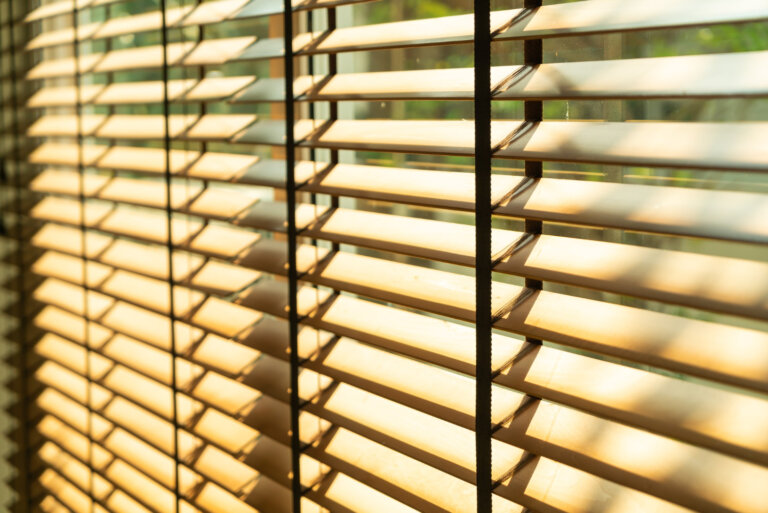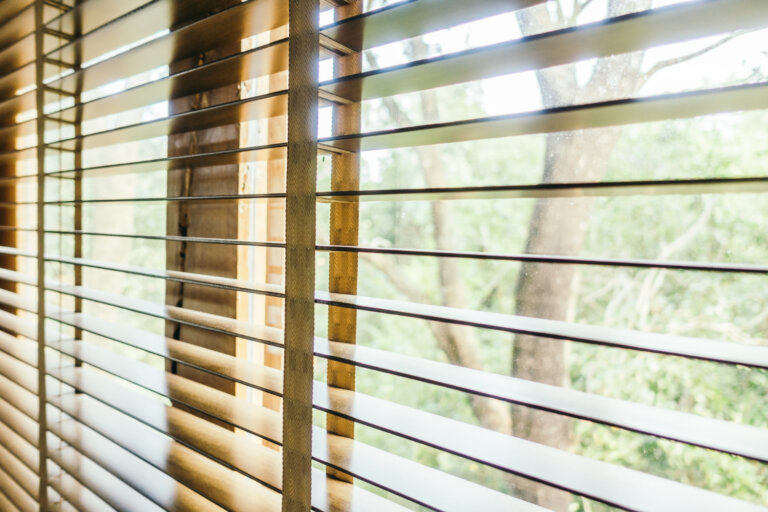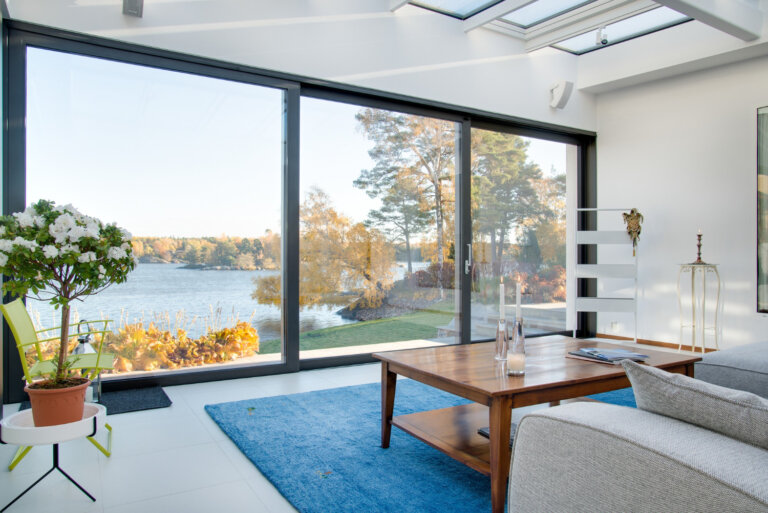Window shutters have long been a popular way to frame a view, reduce glare, and create a cosy, polished feel in any home. Whether used for privacy or light control, their timeless charm works well across different styles, from traditional to modern. That said, not every home or budget suits the weight and upkeep of heavier hardwood shutters. And that’s where lighter materials come in.
Lightweight alternatives offer the same clean, structured look without the added strain on frames, hinges, or wallets. For many people across Manchester, finding something that’s easier to install and manage without giving up on the style they like makes a lot of sense. One of the top choices in this group is MDF shutters. These bring the look and function of classic shutters while keeping things light and affordable. Let’s look at what makes them a smart pick for so many homes.
The Advantages Of MDF Shutters
MDF shutters, short for medium-density fibreboard, are made by compressing wood fibres with resin under high pressure. The result is a solid, smooth surface that’s uniform all the way through. That’s a big reason why more homeowners are choosing MDF when they want good-looking window coverings without the heaviness or price tag of solid wood.
One thing people love about MDF is how much lighter it is compared to hardwood. This makes them easier and quicker to fit, especially in spaces where handling bulky panels would be tricky. If you’ve got awkward corners or upstairs windows, that lighter weight can make a real difference during installation and everyday use.
They’re also more affordable. MDF shutters deliver that painted wood look without the premium cost. If you’re dressing multiple windows or doors at once, it’s one way to keep your budget in check while still getting great-looking results.
Here are a few more reasons MDF shutters have caught on:
– The smooth surface gives them a consistent, clean finish that suits all room types
– Their engineered structure makes them less likely to warp or crack compared to natural wood
– They’re coated with a protective layer, so wiping them clean is simple and fuss-free
They’re especially good for living spaces or bedrooms where you want something neat, reliable, and low-key.
Take, for instance, a homeowner in a Manchester semi who recently updated their front living room. They had traditional timber panels before, but the warped edges and weight made them hard to use. By switching to MDF, they got a clean, tailored look that opened and closed with ease, all without needing to reinforce their existing frame or spend days painting or sealing the finish.
MDF shutters give you the feel and function of real wood, but with fewer worries about weight, damage or expense. And when it comes to homes across Manchester, especially those where window frames are older or a little more delicate, that can be the smarter kind of practical style.
Comparing MDF Shutters to Traditional Wooden Shutters
Traditional wooden shutters have their own charm, but they’re often heavier and need more upkeep. MDF shutters, on the other hand, give you a neat and tidy appearance with less hassle. The weight difference can be a big deal, especially in homes with older frames or windows that may not handle the pressure of dense wood panels long term.
Wood naturally expands and contracts with heat and moisture, which can lead to warping, cracking, or faded paint over time. With MDF, the surface stays stable and smooth. That’s handy in places like Manchester, where the weather can be changeable. MDF shutters resist moisture better than many solid woods when they’re well-sealed, making them less likely to split or swell in humid conditions.
From a design angle, both types offer a similar finished look if they’re painted. For those who enjoy stained wood and want to see natural grain, real wood will always win. But if your goal is a sleek, uniform finish, MDF does the job well for less.
When it comes to cost, hardwoods almost always require a higher spend. There’s the material, extra labour, and even paint or stain touch-ups over time. MDF keeps those extras to a minimum. That said, wood may edge out in lifespan if cared for properly. But for practical elegance and ease of maintenance, MDF holds its own just fine.
Other Lightweight Shutter Materials to Consider
If MDF doesn’t quite match what you’re after, there are other options that are just as light and effective. Materials like vinyl and faux wood have been growing in popularity, particularly for spaces where moisture is a concern, like kitchens or bathrooms.
Here’s a breakdown of how they stack up:
1. Vinyl Shutters
– Completely resistant to moisture
– Very light and easy to clean
– Great for humid rooms like bathrooms
– May lack some of the warmth of wood or MDF
2. Faux Wood Shutters
– Usually made from PVC or composite materials
– Built to mimic the style of real wood
– Tougher against moisture and fading
– Slightly heavier than vinyl but lighter than hardwood
3. Aluminium Shutters
– Mostly used outdoors but work inside if needed
– Durable and sleek-looking
– Industrial in appearance, so best suited for modern or contemporary interiors
Each of these has its place depending on the setting. Vinyl is water-friendly but more suited to practical spaces. Faux wood works well across rooms but can look a bit synthetic up close. MDF gives a painted wood look and is good for dry, daily-used areas like sitting rooms or formal dining spaces.
For example, someone renovating a flat in Manchester’s Northern Quarter wanted shutters for a kitchen window positioned above the sink. After comparing materials, they went with faux wood for extra moisture resistance but chose MDF for the rest of the flat to keep a clean and consistent look throughout.
Choosing What Works Best for Your Space
Picking the right shutters comes down to balancing your room’s needs with your design ideas. Some materials are better fit for certain spaces than others, and there’s nothing worse than choosing a style that doesn’t last in the space you use the most.
Think about:
– Room humidity and airflow (MDF and faux wood handle this better than natural wood)
– Size and shape of your windows (lighter materials suit larger or uniquely shaped frames)
– Light control and privacy needs (all options offer louvred designs)
– Budget expectations (MDF is often the sweet spot between cost and outcome)
Don’t rush into a decision based on looks alone. It’s worth thinking through who uses the room, how often the shutters will be opened or closed, and how much maintenance you’re comfortable doing. Safe choices for one room might not work the same in another.
If you’re refitting shutters for an older terrace home with a mix of bay and box windows, consider mixing materials if needed. Use faux wood in high-humidity areas, and MDF in living or sleeping spaces. That way, you’re not overpaying where you don’t need to and still getting a tidy finish across your home.
Brighten Your Home with Lightweight Shutters from Crafted Shutters
Choosing a lightweight shutter option doesn’t mean compromising on quality or style. With MDF shutters leading the way in both affordability and low-maintenance design, it’s no surprise they’ve become a top choice. Vinyl and faux wood give added flexibility too, especially in harder-working rooms like bathrooms or kitchens.
When you take the time to look at how different materials can match your rooms, budget and preferred finish, getting the right shutters becomes a lot simpler. From adding a calm look to a bedroom to keeping things fuss-free in a family room, there are plenty of lightweight choices out there that won’t let you down.
Looking to refresh your windows with something stylish and easy to maintain? Discover how MDF shutters can bring a sleek, modern finish to any room without the weight or upkeep of traditional wood. Crafted Shutters is here to help you find the perfect fit for your space with practical, made-to-measure solutions that work beautifully in every home.






